16 May, 2023
Clinical Collaboration
Tagged by
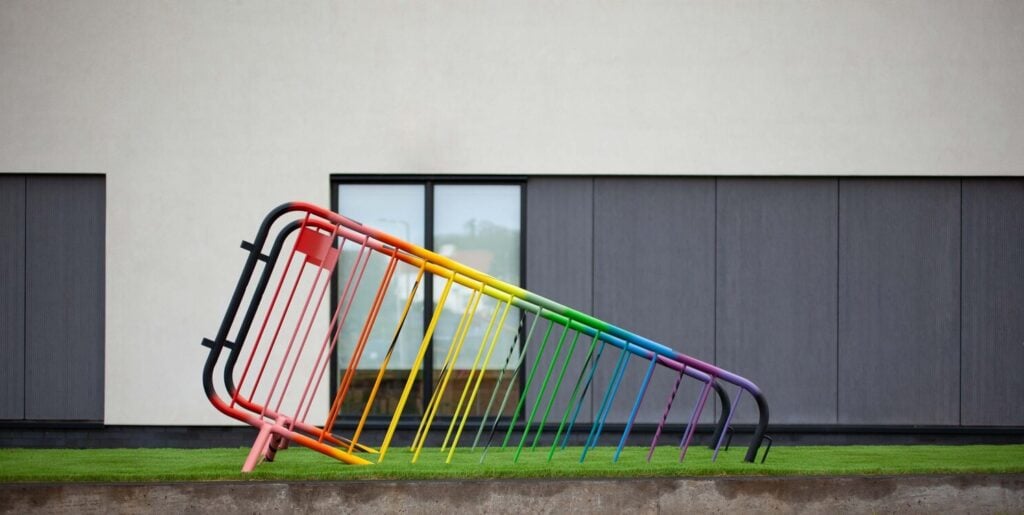
There’s a multitude of studies with evidence that people actually heal and repair more quickly in a creative physical environment,”
Arabella Harvey, Director at Round Table Projects and Tonic Arts project curator, notes. As the curator of a bold and creative project at East Lothian Community Hospital (ELCH) in Haddington, Arabella has seen confirmation of this first-hand, improving the physical and mental wellbeing of patients, staff and visitors through the incorporation of art and craft. Working with a range of artists, makers and creative practitioners, the hospital has implemented a holistic strategy that focuses on encouraging compassionate environments where creativity is integral to physical and emotional healing.
I think it’s essential, as part of a civilised and progressive healthcare environment,” Arabella says. “And it’s not about decorating; it’s about providing something that’s more fundamental; that can give people a type of emotional and spiritual enrichment that you wouldn’t get in a room with four walls and no view.”
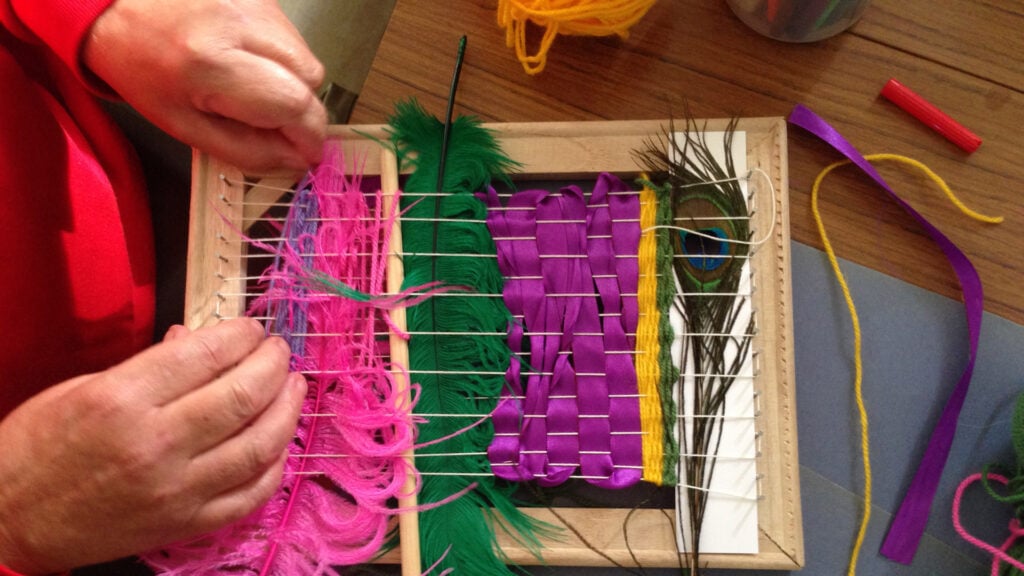
Artist and jeweller, Fiona Hermse, was commissioned for the project and invited to provide creative workshops for mental health outpatients and for people living with dementia in the inpatient ward, both of whom would be relocated to the newly developed ELCH site.
The main priority for the workshops was to provide a valuable creative and social experience with high quality materials for mental health outpatients and inpatients throughout their transition to the new hospital site,” Fiona explains. “The workshops were intended to calm and soothe the patients as well as provide mental stimulation.”
The success of Fiona’s community making project and the way it resonated with patients resulted in it being extended by many months, highlighting how valued her work was within the hospital community. For Linda Sneddon, Team Manager at the Occupational Therapy department, Fiona’s inventive craft ideas and her enthusiasm for the project were of great benefit not just to the patients, but to the staff too.
Having Fiona there gave us the chance to actually do what our job is. She was able to facilitate the activity and then we were able to do more assessment and more working alongside patients to observe and support.”
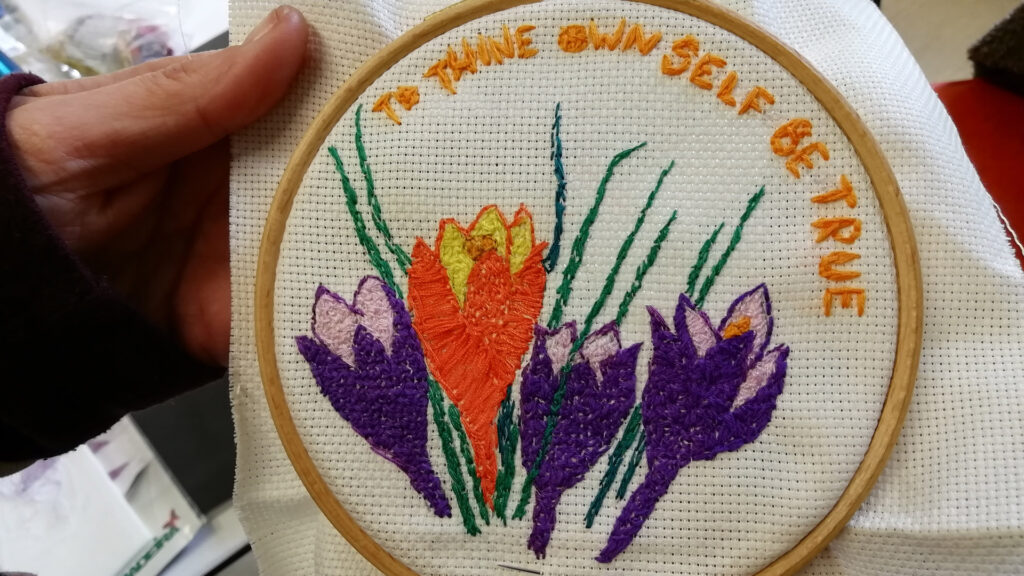
Linda speaks passionately about the role of art and craft in the rehabilitation of patients, adding that in her view, it can do wonders in aiding recovery, as she witnessed with Fiona’s residency.
The therapeutic value of these activities is just massive for people with mental health issues because it gives them that feeling of distraction, and they’re engaged in something – it’s far reaching really.”
Fiona’s workshops included tasks like printing with leaves, card-making and macramé, and the feedback from patients was hugely positive across the board. Like Linda, Fiona believes that such collaborations with hospital teams can be a vital step in recovery and rehabilitation.
Having outlets for creativity is incredibly important in healthcare settings. It can promote freedom of choice, give a voice to the voiceless, provide a source of pride, a means of self-exploration and expression and enhanced levels of connection to others and to the outside world. I have found that this is particularly relevant to people who are vulnerable due to social isolation and/or living with serious mental and physical health challenges.
“Beginning a creative activity, especially one that involves a new skill, takes courage,” she continues. “Witnessing people, often with very low confidence in themselves, surprise themselves at what they are capable of creating does wonders for their sense of wellbeing, confidence and sense of connection, which are critical aspects of rehabilitation.”
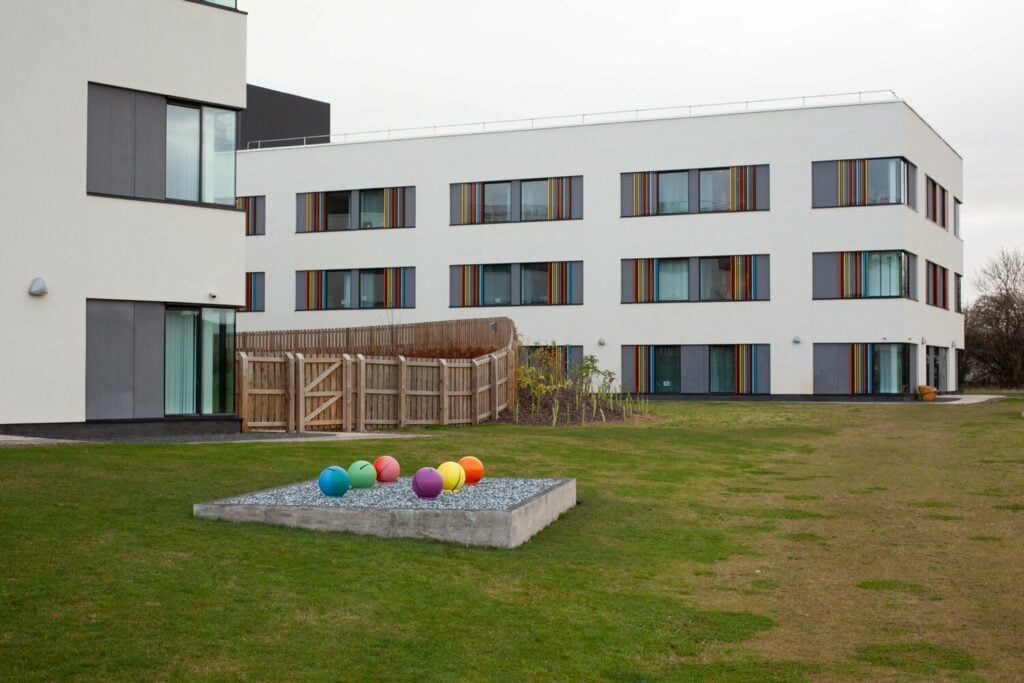
Outside the hospital, within the grounds of ELCH, another artist – Alex Allan – was commissioned with physical rehabilitation specifically in mind. Alex’s sculptural interventions invite people to navigate a series of colourful structures, encouraging movement and therapeutic use of the outdoor space. Speaking on Alex’s project, Arabella comments;
These participatory works show that art can have a really practical role to play in rehabilitating people mentally and physically. I think Alex’s project is probably quite unique in an arts and health context in providing physical objects to interact with and to support recovery.”

Advanced Physiotherapy Practitioner Guy Whitehead worked with Alex on the project and agrees that it’s been a popular addition to the hospital grounds.
From a physiotherapy perspective we’ve been delighted,” he says, “especially so with the ramp and steps Alex created for us on the paved area at the back of our department. It is both ideal functionally and infinitely more interesting than something ‘off the shelf’. Alex was super motivated to create installations that worked for us as therapists – allowing us to present appropriate challenges to our patients for balance or lower limb rehabilitation, or simply for exercise groups.”
In a similar manner to Fiona’s project, close collaboration with the hospital department was crucial to the effectiveness of Alex’s sculptures and working with Guy and the team, Alex was able to see directly how his art could be transformative to patients.
I spent a lot of time on the ward with the physios, going through their daily routines and seeing people that maybe had just had strokes and were struggling to even just stand up.” Alex says. “It is an unbelievably therapeutic thing and not just inside hospitals. As we’ve found out through this project, getting people outdoors and having people prescribed exercise is extremely beneficial.”
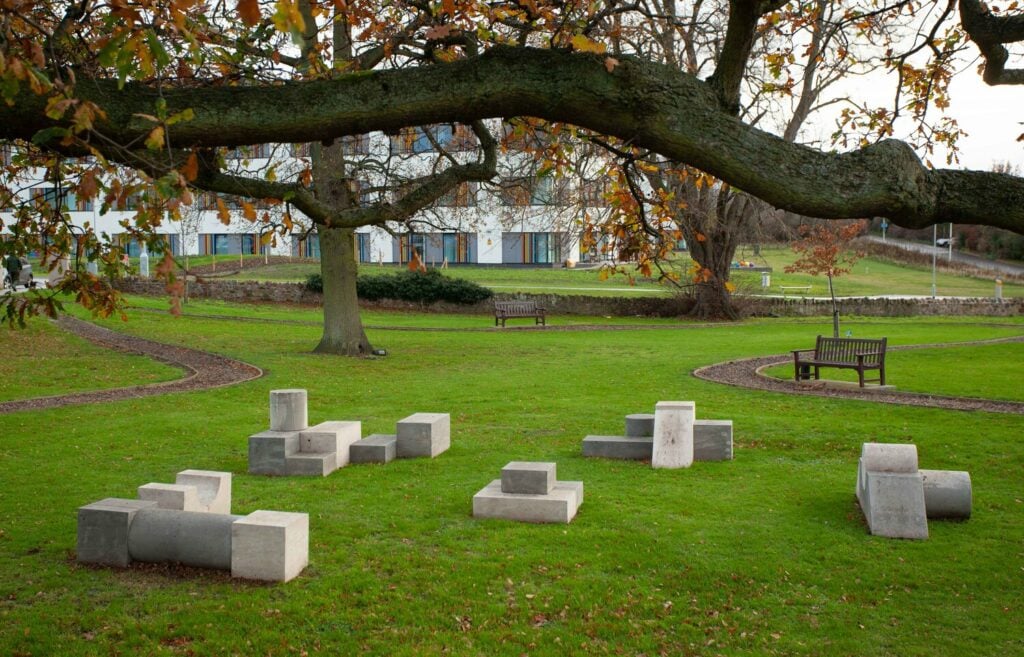
In this instance art can play a direct role in rehabilitation as the pieces have been created by Alex to encourage people to interact with them physically,” Guy adds. “Working with Alex, he gained an insight into our rehab requirements for challenging lower limb strength and balance, and the need for whole body exercising – from cardiovascular to strengthening and stretching. We couldn’t have asked for more.”
Both Alex and Fiona’s projects emphasise how art and craft can be embraced in healthcare environments in completely different ways, while still yielding rewarding results for staff and patients alike. Such collaborations between medical teams and artists, as exhibited in the wider ELCH strategy, offer sound evidence for the future transformation of health services, particularly when considering both healing and rehabilitation.
Words by Arusa Qureshi
The Art Strategy for East Lothian Community Hospital was delivered by Round Table Projects for NHS Lothian Charity’s Tonic Arts Programme. Fiona Hermse residency co-funded with Craft Scotland. Promotion in partnership with Craft Scotland.
Download a copy of our case study
Read more of our case studies
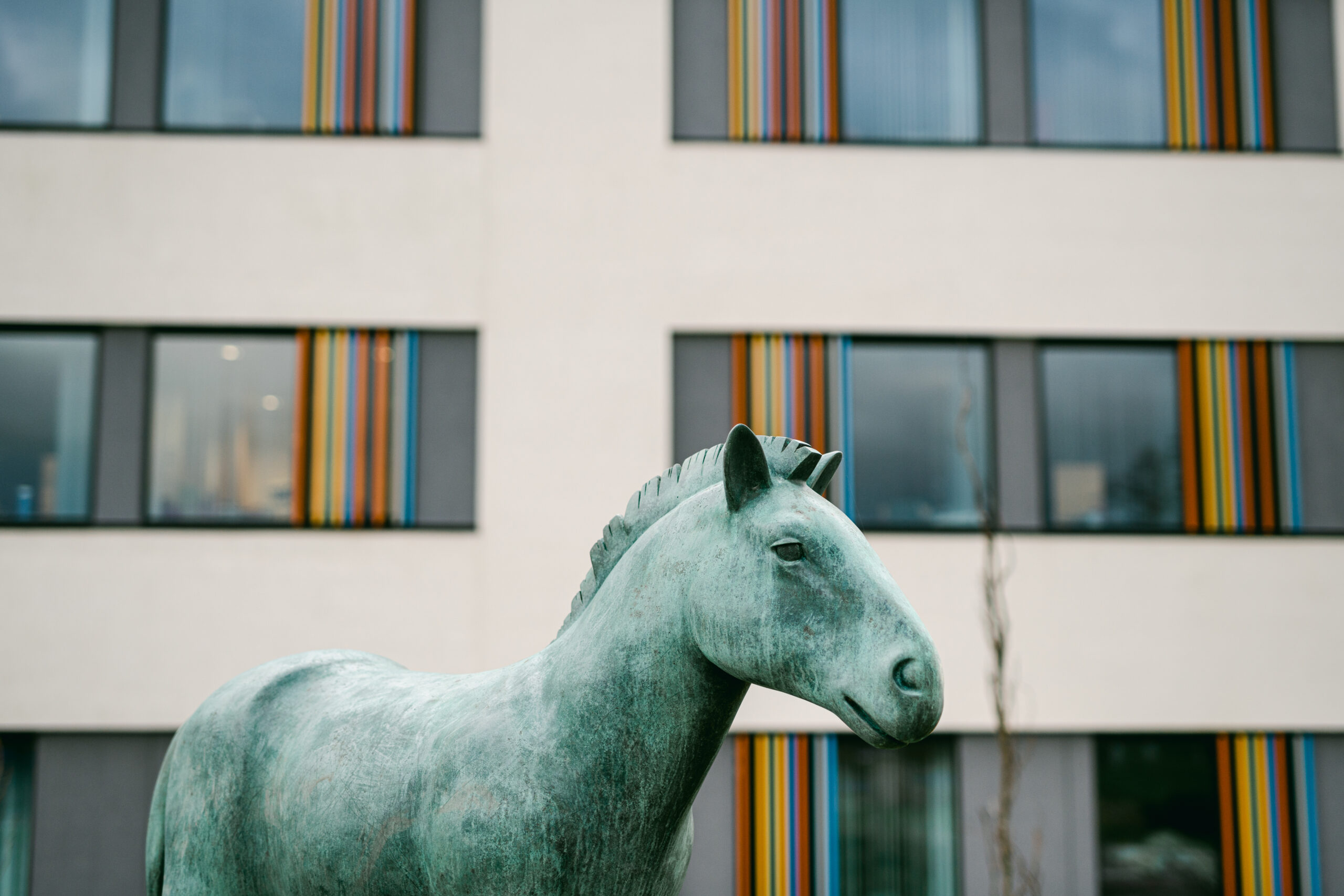
Context and Place: East Lothian
What does it mean to commission artworks for a hospital? There are certain requirements the artists and makers must consider […]
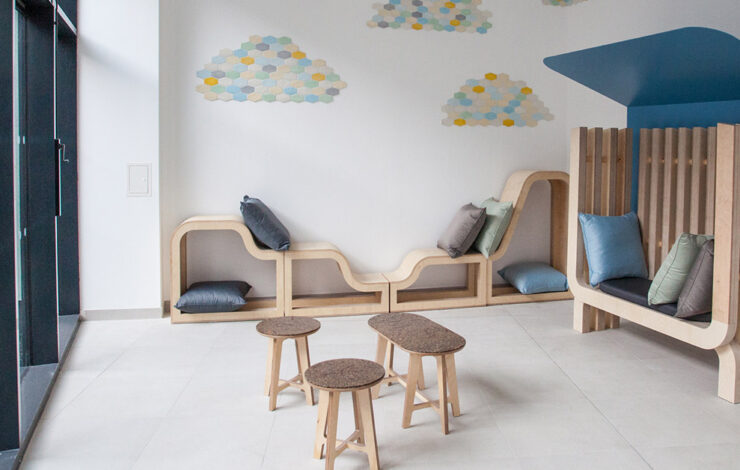
Crafting of Considered Spaces; Mindful Making
In the market town of Haddington in East Lothian, a purpose-built modern healthcare facility is operating with an innovative approach […]
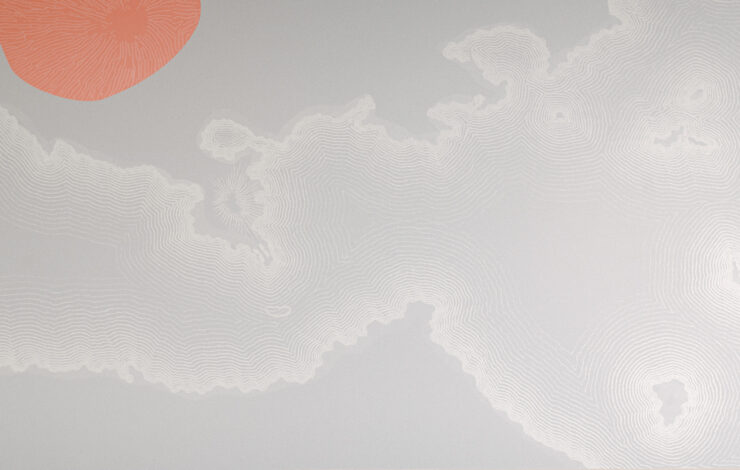
Nature Bathing; Edinburgh Haematology Centre and East Lothian Community Hospital
Humans are genetically predisposed to be attracted to nature. We desire to seek connections to the natural world, which foster […]
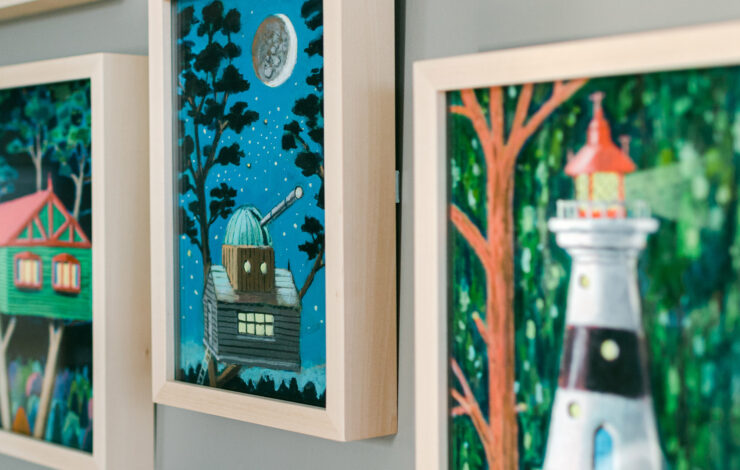
Social and Geographic Context: Edinburgh Haematology Centre
I find myself gazing into a circular haze of blue. I could be looking at a picture of the earth, […]